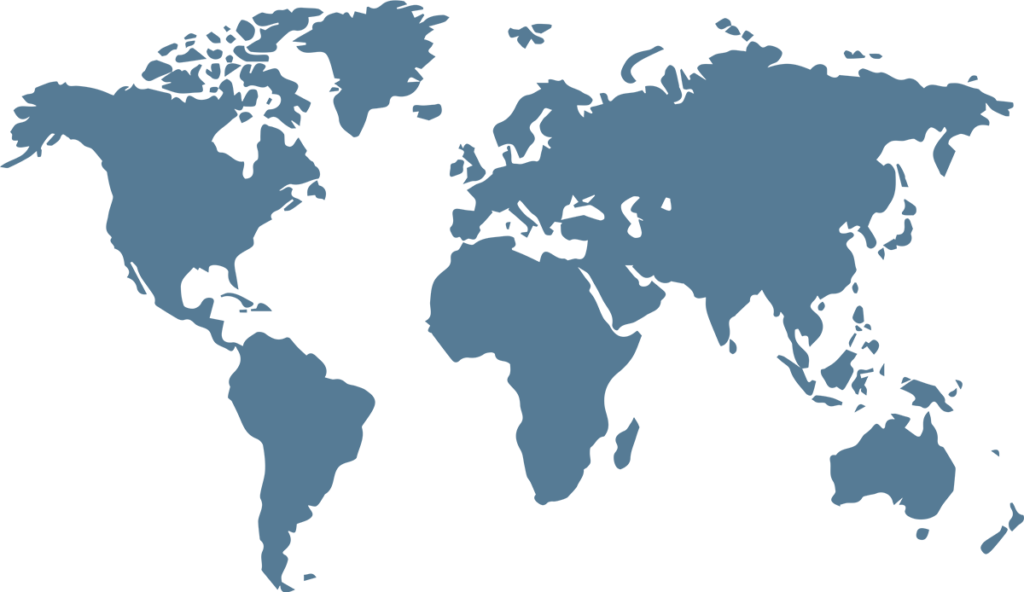After three years of Covid restrictions — which fueled protests following a deadly fire in a lockdown apartment — China lifted some draconian measures this month. The Chinese public can finally see an end in sight, which is good news for both brick-and-mortar sales and consumer sentiment.
With no official dates for a full reopening, however, the next few months are crucial for fashion and beauty brands in China to stay agile, digitally connected with consumers and prepared for different scenarios, according to experts. Those who spoke with Glossy predicted reopening timelines ranging from spring to the end of 2023.
“There is great enthusiasm now about a rapid reopening, but it will be important to consider different potential timelines,” said Daniel Zipser, a senior partner at McKinsey & Company who leads the Asia Consumer & Retail Practice. “Agility will be key to avoid investing ahead of the curve.”
Uncertainty is still expected going forward, especially as overall consumer confidence neared early 2020 levels last month, according to U.S. intelligence platform Morning Consult.
“I didn’t have strong material desire, to begin with, and it went down after Covid. It hit a new low this year, with the [various] restrictions,” said Timi Tian, a 30-year-old marketing professional who endured a two-month lockdown in Shanghai earlier this year. She added that there have been few opportunities to wear new clothes.
China has been on a vastly different Covid recovery curve than most other countries, thanks to its zero-Covid policy, which restricts consumers’ physical mobility and travel plans. It’s led to store shutdowns, as well as production and supply chain issues among brands. On its latest earnings call, Estée Lauder Companies Inc. reported a 7% year-over-year revenue loss in the Asia-Pacific region, citing the Covid restrictions on physical sales in Greater China.
The tricky thing about the current Chinese market is that foreign brands are facing political, business and cultural shifts all at once.
A trend with strong momentum, especially during Covid, has been the rise of domestic brands. “Local production and consumption has gained increasing attention in recent years as a way to support the domestic economy and local culture,” said Joss Roulet, sales gm for Chinese airports at global outdoor advertising company JCDecaux.
In the apparel category, the market share of foreign brands among the top 20 brands in China shrank from 47% to 40% from 2013 to 2021, according to a 2023 China Consumer report published by McKinsey early this month. Data from market research firm Euromonitor was cited.
Chinese consumers have been increasingly in favor of domestic cosmetics brands, said Kadri Karolin Kõuts, co-founder of China digital consultancy Projekt 86. She listed her favorite domestic brands, including skin-care brand Proya, fragrance brand To Summer and color cosmetics brand Florasis. Facing skepticism around its research and development capabilities in its early days, Hangzhou-based Florasis has knuckled down in the space, rolling out a five-year investment plan of 1 billion yuan ($158 million) this year.
Just as U.S. brands have flocked to TikTok to engage with trend-frenzied young consumers, brands in China have increasingly realized the benefits of maintaining a presence on TikTok sister app Douyin. They’re upping their focus on other short-video platforms supporting livestream e-commerce, as well. During the last Double 11 Shopping festival, on November 11, traditional e-commerce websites including Taobao and JD.com saw a collective sales growth of 2.9%, to 934 billion yuan. Meanwhile, sales on the likes of Douyin and Kuaishou soared 146%, to 181.4 billion yuan, according to domestic intelligence firm Syntun.
“Livestreaming is leading new consumption trends [in China],” said Simon Cai, founder and chief executive of e-commerce agency Triple Digit.
Keeping an eye on the fast-growing Chinese sector to decide when to enter the region is also important. Despite seeing an overall sales decline in Asia in the last quarter, Estée Lauder Companies expanded Aveda to mainland China over the summer, to mark ELC’s entry into the country’s prestige hair-care market.
“As people’s daily lives gradually recover, there will be more gatherings with friends, … and hair is very important to girls,” said Cai. He noted that one of his clients, Swedish hair-care brand Maria Nila, is currently doing well in China.
When asked if she will spend more of her budget on fashion and beauty once the country reopens, Tian, the Shanghai-based consumer, remains uncertain. “I’m more keen to spend on traveling, but perhaps I’ll want to look nicer for my trips,” she said.
As for brands, moving forward, Projekt 86’s Kõuts recommended working with more people or local partners on the ground in China, to be able to “react quickly and efficiently to whatever comes next.”
“So much has changed over the past 12 months. What worked before may not be relevant anymore,” she said.
Source : Glossy


